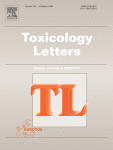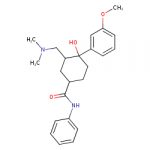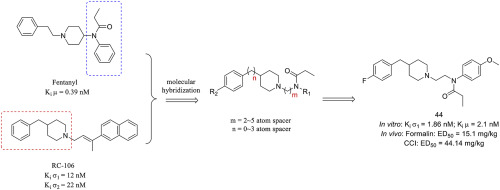Blowmonkey
Bluelight Crew
- Joined
- Aug 15, 2003
- Messages
- 12,450
Toxicology Letters
Volume 319, 1 February 2020, Pages 40-48

Cardiotoxic effects of [3-[2-(diethylamino)ethyl]-1H-indol-4-yl] acetate and 3-[2-[ethyl(methyl)amino]ethyl]-1H-indol-4-ol
Kyung SikYoonJin-MooLeeYoung-HoonKimSoo KyungSuhHye JinCha
Highlights
•
4-AcO-DET and 4-HO-MET prolonged QT intervals.
•
4-AcO-DET and 4-HO-MET inhibited potassium channels in the hERG assay.
•
4-AcO-DET and 4-HO-MET did not change PAK1 expression levels.

 www.sciencedirect.com
www.sciencedirect.com
Quite self explanatory.
Volume 319, 1 February 2020, Pages 40-48

Cardiotoxic effects of [3-[2-(diethylamino)ethyl]-1H-indol-4-yl] acetate and 3-[2-[ethyl(methyl)amino]ethyl]-1H-indol-4-ol
Kyung SikYoonJin-MooLeeYoung-HoonKimSoo KyungSuhHye JinCha
Highlights
•
4-AcO-DET and 4-HO-MET prolonged QT intervals.
•
4-AcO-DET and 4-HO-MET inhibited potassium channels in the hERG assay.
•
4-AcO-DET and 4-HO-MET did not change PAK1 expression levels.
Two synthetic tryptamines, namely [3-[2-(diethylamino)ethyl]-1H-indol-4-yl] acetate (4-AcO-DET) and 3-[2-[ethyl(methyl)amino]ethyl]-1H-indol-4-ol (4-HO-MET), are abused by individuals seeking recreational hallucinogens. These new psychoactive substances (NPSs) can cause serious health problems because their adverse effects are mostly unknown. In the present study, we evaluated the cardiotoxicity of 4-AcO-DET and 4-HO-MET using the 3-(4,5-dimethylthiazol-2-yl)-2,5-diphenyltetrazolium bromide (MTT) assay, electrocardiography (ECG), and the human ether-a-go-go-related gene (hERG) assay. In addition, we analyzed the expression level of p21 (CDC42/RAC)-activated kinase 1 (PAK1), which is known to play various roles in the cardiovascular system. In the MTT assay, 4-AcO-DET- and 4-HO-MET-treated H9c2 cells proliferated in a concentration-dependent manner. Moreover, both substances increased QT intervals (as determined using ECG) in Sprague–Dawley rats and inhibited potassium channels (as verified by the hERG assay) in Chinese hamster ovary cells. However, there was no change in PAK1 expression. Collectively, the results indicated that 4-AcO-DET and 4-HO-MET might cause adverse effects on the cardiovascular system. Further studies are required to confirm the relationship between PAK1 expression and cardiotoxicity. The findings of the present study would provide science-based evidence for scheduling the two NPSs.

Cardiotoxic effects of [3-[2-(diethylamino)ethyl]-1H-indol-4-yl] acetate and 3-[2-[ethyl(methyl)amino]ethyl]-1H-indol-4-ol
Two synthetic tryptamines, namely [3-[2-(diethylamino)ethyl]-1H-indol-4-yl] acetate (4-AcO-DET) and 3-[2-[ethyl(methyl)amino]ethyl]-1H-indol-4-ol (4-H…
Quite self explanatory.






